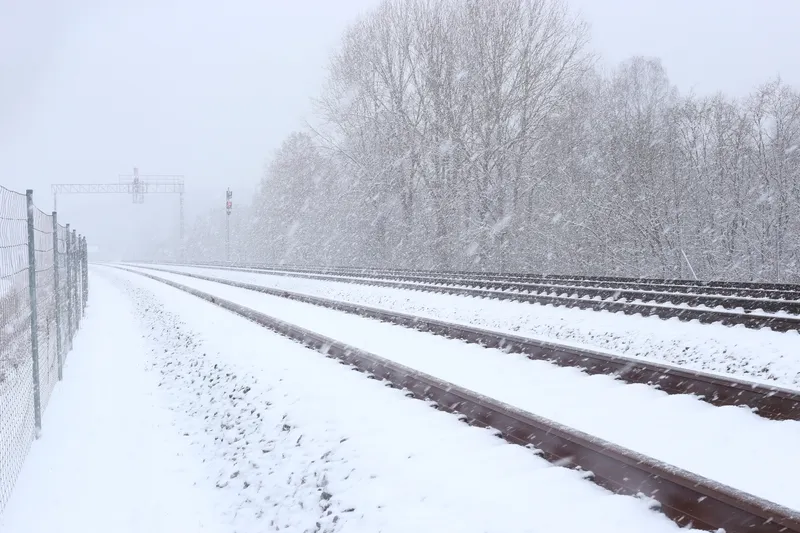Brazil's ground transport agency ANTT and the European Railway Agency (ERA) have signed a memorandum of understanding and are working together to implement ANTT’s open-access railway concession model.
The agreement calls for cooperation between regulators and for issues relating to technical requirements and standards to be addressed.
Previously, Brazil's railway concessions included both the building and operating of railroads in one contract. Open-access, however, separates the transportation of car
September 30, 2014
Read time: 2 mins
Brazil's ground transport agency ANTT and the European Railway Agency (ERA) have signed a memorandum of understanding and are working together to implement ANTT’s open-access railway concession model.
The agreement calls for cooperation between regulators and for issues relating to technical requirements and standards to be addressed.
Previously, Brazil's railway concessions included both the building and operating of railroads in one contract. Open-access, however, separates the transportation of cargo from the building and operating of lines. The new model is expected to open up more cargo handling opportunities, increase logistics efficiency, reduce freight costs, and improve Brazil's competitiveness.
While open-access is already widely adopted in Europe, ANTT launched its model in June, calling for independent railway operators to express their interest in freight transport along a stretch of the Norte-Sul railway built by federal rail company Valec.
The open access model, which is part of Brazil's overall strategy to improve its rail network, falls under the national logistics improvement plan, under which some US$40.9 billion has been earmarked to build and improve approximately 11,000 kilometres of railways.
The agreement calls for cooperation between regulators and for issues relating to technical requirements and standards to be addressed.
Previously, Brazil's railway concessions included both the building and operating of railroads in one contract. Open-access, however, separates the transportation of cargo from the building and operating of lines. The new model is expected to open up more cargo handling opportunities, increase logistics efficiency, reduce freight costs, and improve Brazil's competitiveness.
While open-access is already widely adopted in Europe, ANTT launched its model in June, calling for independent railway operators to express their interest in freight transport along a stretch of the Norte-Sul railway built by federal rail company Valec.
The open access model, which is part of Brazil's overall strategy to improve its rail network, falls under the national logistics improvement plan, under which some US$40.9 billion has been earmarked to build and improve approximately 11,000 kilometres of railways.










